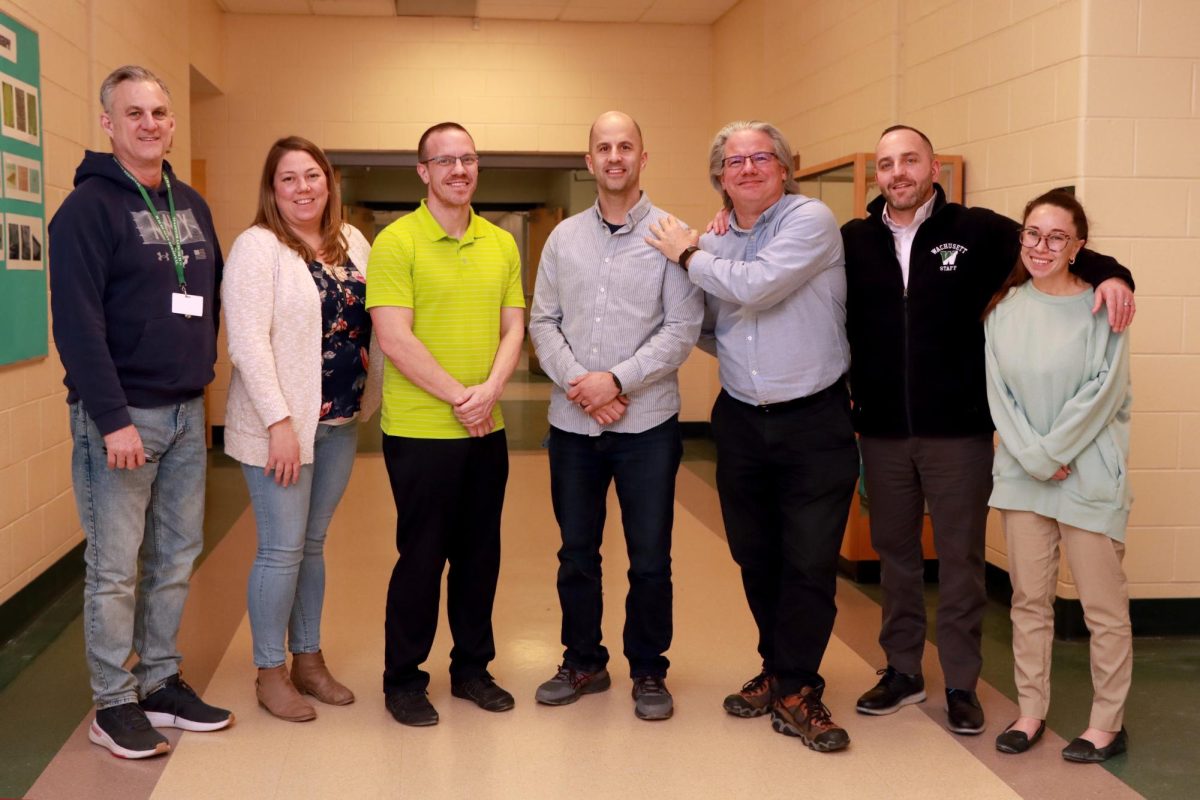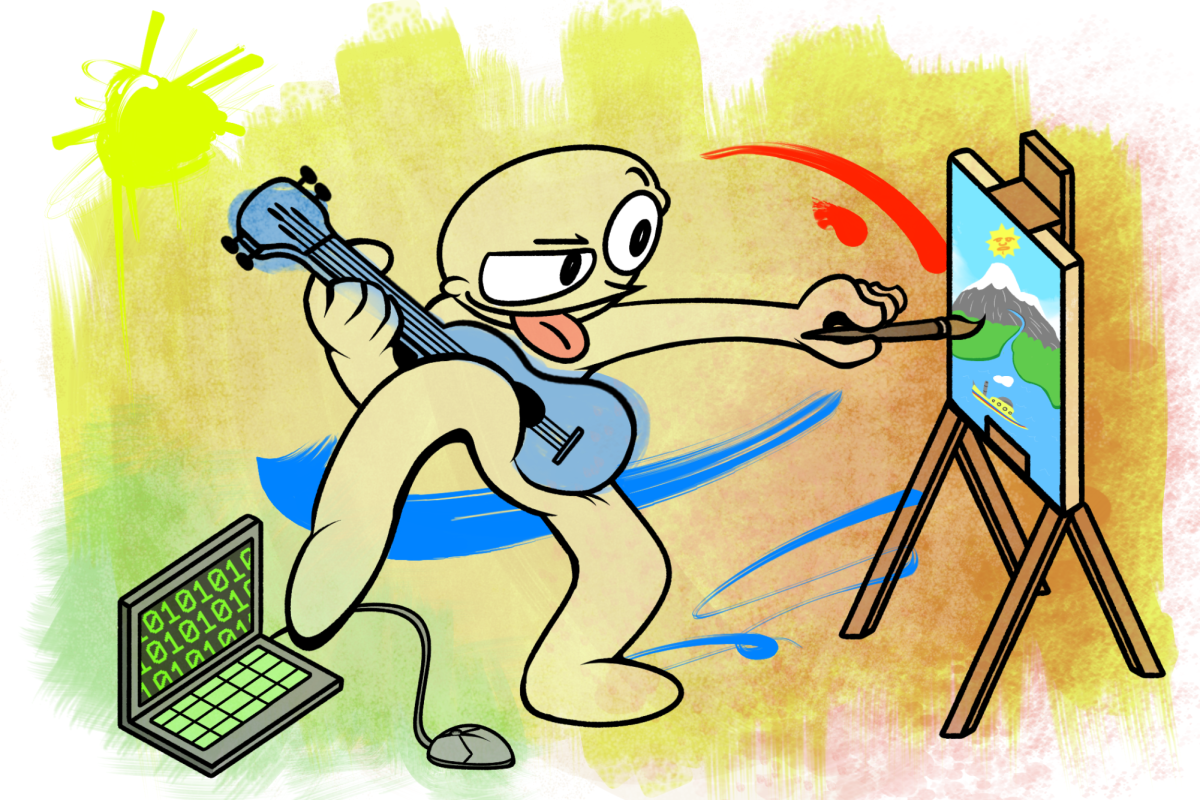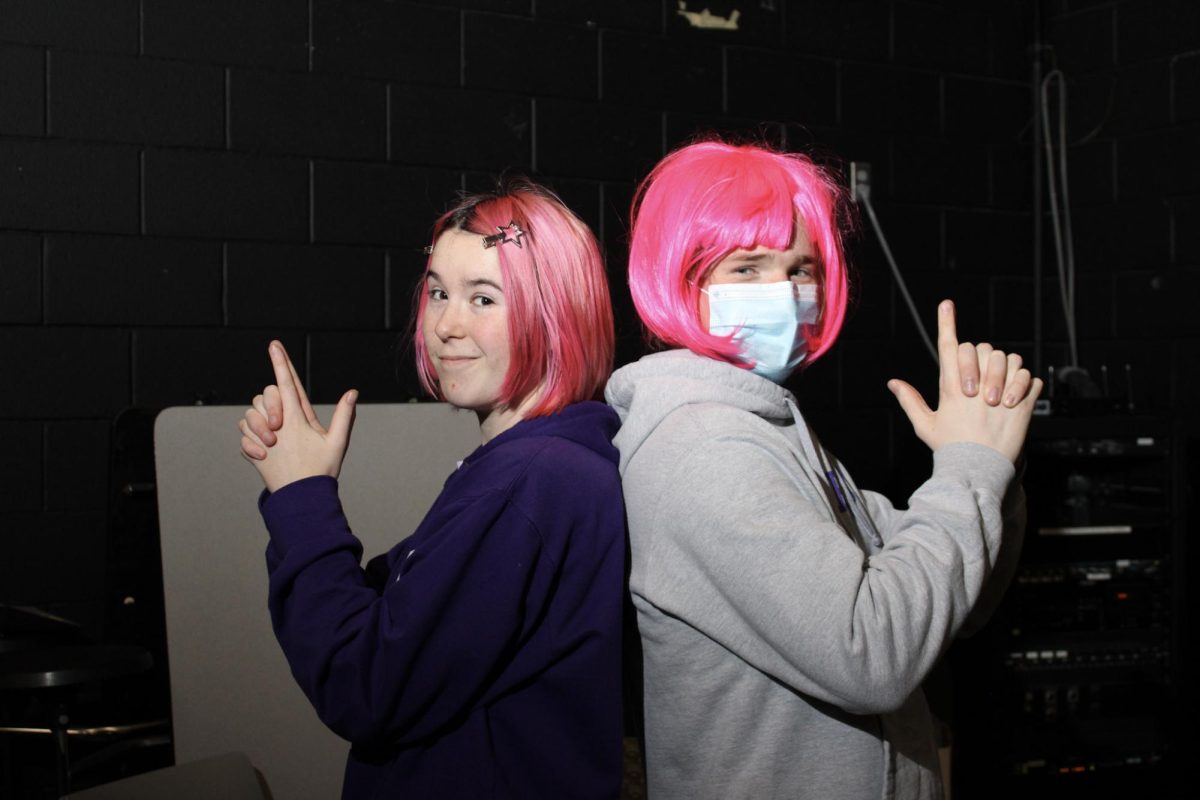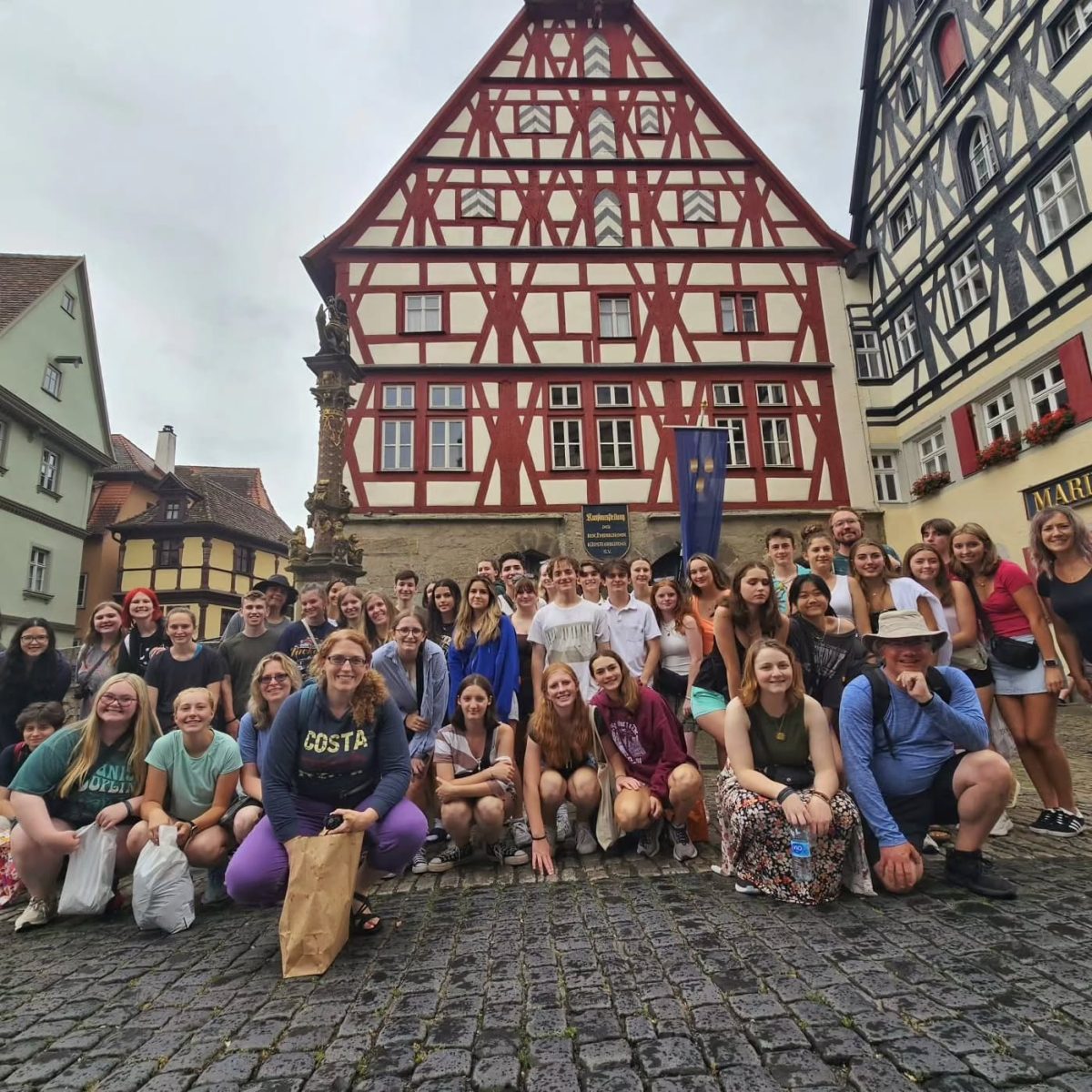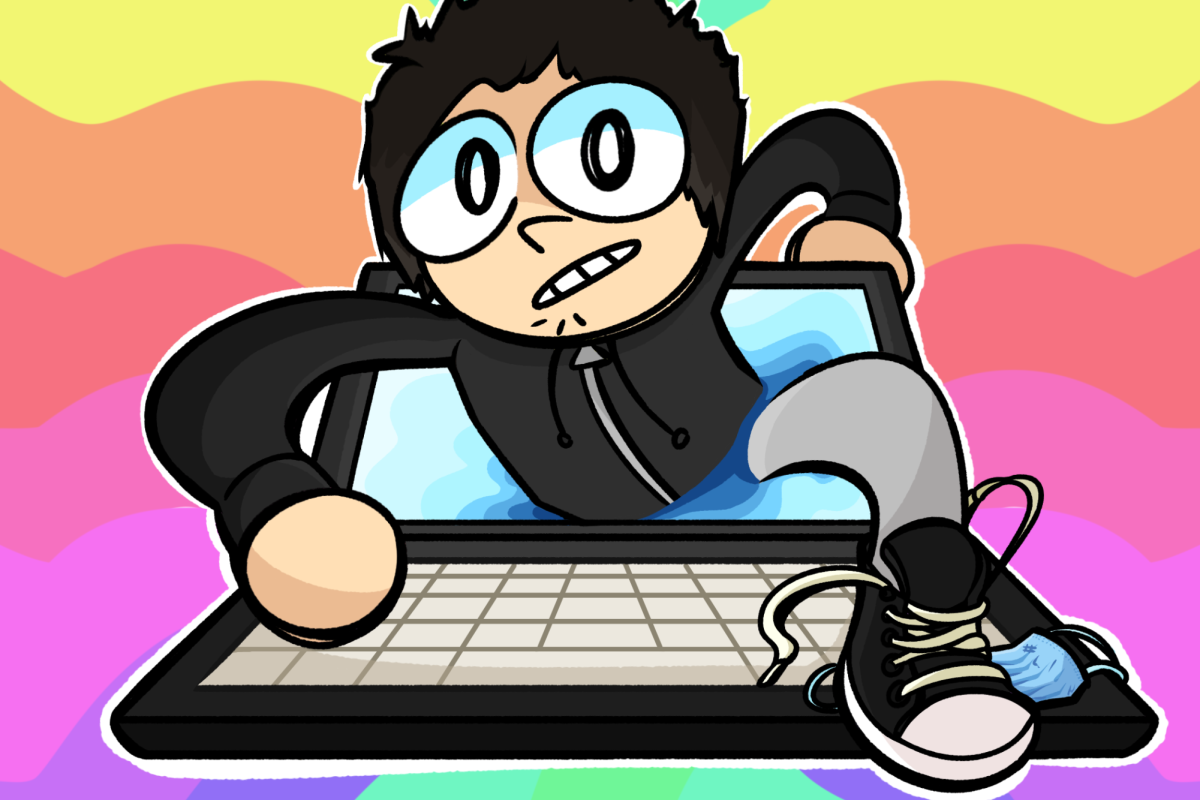Since the unexpected change from the Partnership Program to the Pathway Program at the beginning of the school year, students have been questioning what this change means.
The original purpose of the programs was to give high school students a more hands-on, real-world experience to give them an idea of what to do after high school. With the change to the Pathway Program, this purpose remains the same.
The switch from the Partnership Program to the Pathway Program appears as more of a rebranding to help align with the Department of Education on career-centered education. This means working more to encourage students to make a plan for after graduating high school. ‘Pathways’ is thought of as more connotative to the ideals behind the program in helping kids decide what to do in the future.
Junior Lauren Brenn is taking computer science this year and commented, “The name ‘Pathways’ focuses more on the fact the program helps you decide what you want to do in the future by exposing you to possible paths you can take.”
The program allows students to pick between a wide variety of different areas. The pathways include:
- Computer science
- Automotive Technology
- Criminal Justice
- Business Finance
- Business Marketing
- Digital Art & Design
- Education
- Engineering Technology / Advanced Manufacturing
- Health Science / Health and Social Assistance ICP
All the options allow students room to find what they are interested in and try new things that will hopefully lead to a career or college. During an interview, Mrs. Demarco described the program as an interactive opportunity, “Students would be more interested in their own education if it mattered to them”. Students are allowed to choose a class related to their interests, and are provided insight into how college classes are chosen if a student is interested in college. This will allow students to be more engaged in their own individual education.
During sophomore year, students can apply to a pathway. If they are accepted, they start classes during junior year and can choose if they want to continue into senior year. Sophomore Tess Daviau, who has been accepted to the Criminal Justice program for her Junior year stated, “I am interested in criminology and think that the Criminal Justice pathway will be a helpful introduction.”
These pathways will not only help to decide on a career path after high school but also help give students a headstart on subjects they are passionate about. Some pathways even provide students with credits for college. When asked about the pathway she is a part of, Child Study, junior Sterling Bennett said, “It’s been good because you get college credit, but I want more hands-on experience. Luckily, there is an internship at the local elementary school next year that makes up for it.”
While taking a pathway class, students get to go on field trips, certain classes hear from guest speakers, and Child Study students get to participate in an internship. These things are what help to make the classes more interactive.
Additionally, the teachers of most of these classes are also able to provide real-life knowledge on the subject they are teaching. When being hired for the position, teachers are required to have a license in the area they are teaching. Though not a requirement, most teachers have had a different job relating to the area they teach before becoming a teacher in the program.
In addition to the benefits of taking a pathway course and the college-like rigor of some courses, students believe that select classes in the program should be counted as an honors class instead of CP or CPA. Junior Morgan Barett, taking Body Works, commented, “I love it, but it should be counted as an honors course because we are expected to work at that level”.
With the re-branding of the Pathway Programs students have been left asking, “what’s next?” Well, the future of the Pathway Programs is an exciting one.
Each year the state awards money to schools for implementation of high-quality programs, the school plan is to apply for an innovation and healthcare grant. This money will then eventually be used to build a simulation lab for healthcare, allowing healthcare students to graduate high school with their IRCs. An IRC is an industry-recognized credential, meaning students have earned credentials that demonstrate mastery of a certain skill upon completion of their program.
This will help students get a job right out of high school. The Pathways Program provides an excellent opportunity for students to get a jumpstart on life after high school by allowing them to take their education into their own hands, and start being more invested in their outcome.



